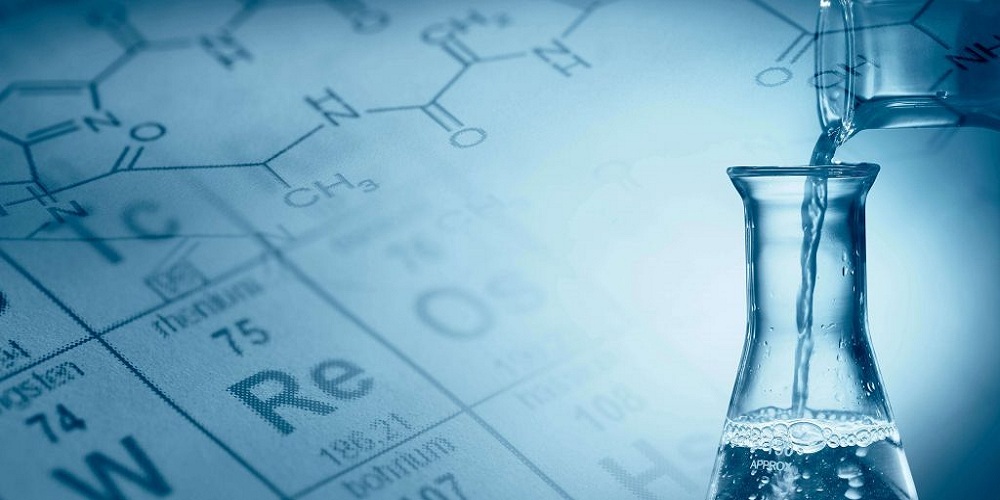PHMB is a compound used to kill bacteria at any level, from solid surfaces to wounds treatment. Unlike traditional disinfectants, this compound is a much safer option as it doesn’t harm the human body, lasts long, is easier to use, and does not promote antibacterial resistance in microorganisms.
Antibacterial resistance is a greater threat in medical microbiology that is impossible to reverse but possible to control with compounds like PHMB. This compound has been used in the medical field as a disinfectant and antiseptic agent for years.
When applied correctly, the compound is persistent against microbes for up to six months, but moisture can be a problem. So, make sure to use it on dry surfaces.
PHMB Mechanism of Action
PHMB is a broad-spectrum antimicrobial compound that is effective against gram-positive and gram-negative bacterial strains, yeasts, and fungi, as well as against some viruses. There are limited safe options for using broad-spectrum compounds, and PHMB is one of them.
It is a non-formaldehyde disinfectant that attacks the outer membrane of microbes. The outer membrane is the first defense line in microbes, but when it gets damaged, the organism’s cells will burst and cause their death. So, PHMB targets the outer membrane of gram-positive and negative bacteria and other organisms without affecting the human or animal body/skin.
Due to its low toxicity and good skin tolerance, PHMB is used as an agent for medical products in several fields.
Applications of PHMB
PHMB can use in any product or place where microorganisms are the basic concern. Today this compound has been used in pharmaceutical, cosmetics, and food hygiene products without causing many side effects.
Pharmaceutical – In the pharmaceutical field, it is used to manufacture contact lenses, eye care solutions, oral care products, skin products, disinfecting products, and seals. It is also used for mouthwash, gargling, and dental plaque agents to clean the mouth from the inside.
Cosmetics – In the cosmetics field, its function is mainly to enhance the antibacterial activity of cosmetics. It is used in shampoos, conditioners, shower gels, and deodorants.
Food Hygiene – In residential uses, it can produce dishwashing detergents and antibacterial laundry detergents. All these products help clean the kitchen and floor of your home.
PHMB has a broad spectrum of sterilization. It has no obvious toxicity to the human body and does not cause side effects on the skin.
Properties of PHMB
The properties of PHMB include its ability to minimize the risk of infection, manage wounds and prevent microbial contamination. According to the Food and Drug Administration, this chemical is often used as a disinfectant for medical equipment.
A clear, colorless, and odorless antiseptic, PHMB has been proven to effectively inhibit the growth of many types of bacteria, including Escherichia coli, Campylobacter jejuni, and Staphylococcus aureus. Medical personnel apply PHMB by using sprays and wipes on skin and instruments.
Unlike many disinfectant agents, this compound doesn’t leave any impact, taste, or smell on the items/places.
Side Effects
Side effects from PHMB are generally mild and localized in rare cases. The most common side effects are rash, burning, or itching sensations on sensitive skin or skin that is already being exposed to other antibiotics/products. Despite being an effective antiseptic, PHMB is not considered highly toxic when swallowed or absorbed through the skin.
Although it is less toxic than chlorine-based disinfectants, concentrated amounts of PHMB can be hazardous to humans and animals if taken orally by may also cause skin irritation if splashed in large quantities on the skin. It is an effective disinfectant that is safe when used properly.
